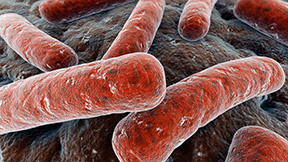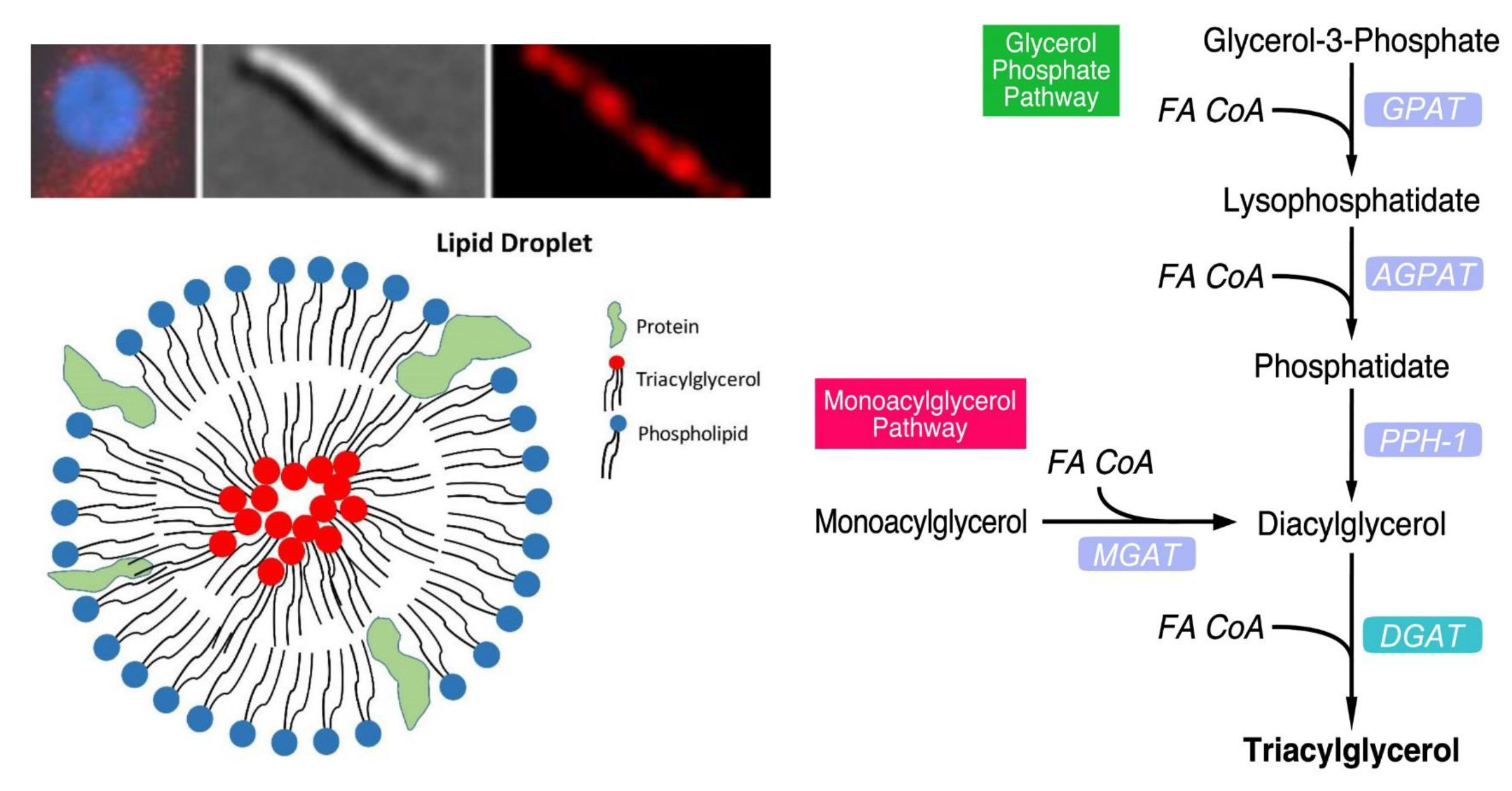
Research
Mycobacterium tuberculosis (Mtb), the causative agent of tuberculosis, kills nearly 1.5 million people each year. Dormant Mtb in two billion people with latent infection necessitates a deeper understanding of the biology of the dormant pathogen. Antibiotics that can shorten the treatment time required to cure tuberculosis are urgently needed because currently available therapies do not kill dormant Mtb and therefore require a prolonged treatment period.
The focus of my research for over a decade has been the study of storage lipid metabolism in Mycobacterium tuberculosis (Mtb) during its dormancy. I discovered and characterized important mycobacterial enzymes, TGS1 and LIPY, that are involved in the metabolism of energy-rich storage lipids in Mtb during my post-doctoral research in collaboration with colleagues in my mentor’s laboratory. TGS1, which is a diacylglycerol acyltransferase (DGAT) plays a vital role in the dormancy-associated accumulation of triacylglycerol within the pathogen. LIPY, which belongs to the class of hormone-sensitive lipases, is a highly active long-chain triacylglycerol lipase that is critically involved in the hydrolysis of triacylglycerol stored within the pathogen. We also discovered that Mtb imports fatty acids from the lipid droplets of host macrophages, stores them as intracellular fat droplets and becomes tolerant to frontline anti-mycobacterial drugs, indicative of dormancy.
Although my previous studies have shown the importance of mycobacterial lipid droplets for the dormant pathogen, the critical mycobacterial proteins involved in lipid droplet metabolism have not been studied. The ongoing studies in my lab build on my previous research and aim to understand the functional roles of important dormancy-associated proteins of Mtb that regulate lipid biosynthesis within the pathogen. We are investigating whether mycobacterial proteins are involved in importing fatty acids into the bacterial cell. We are also investigating mycobacterial proteins potentially involved in generating the lipid precursors of triacylglycerol and in maintaining lipid droplets inside the pathogen.


